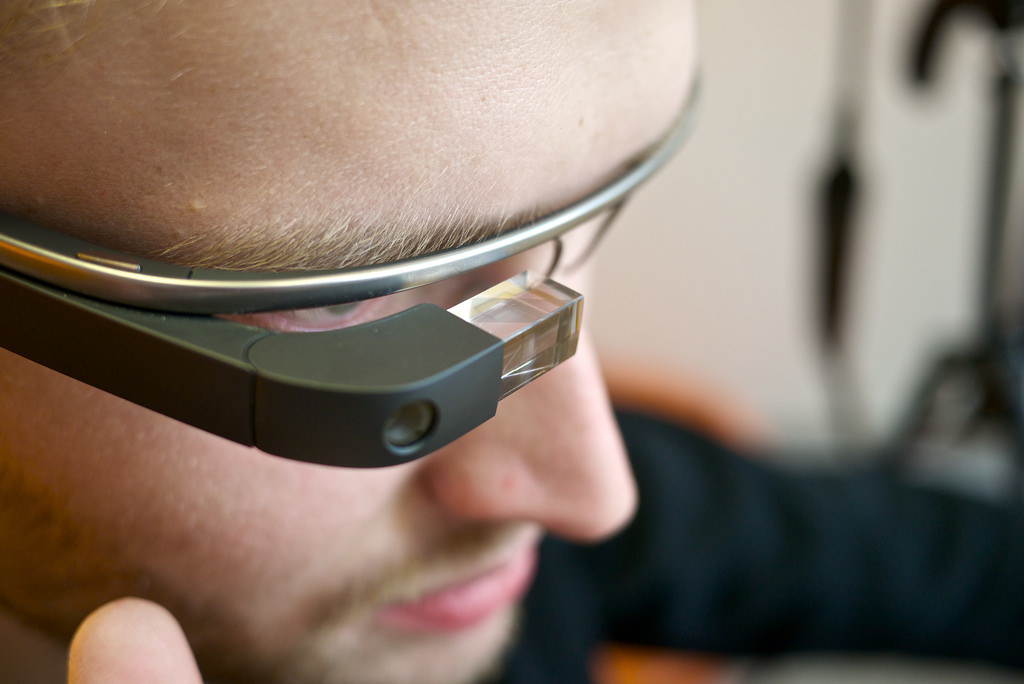 NEWS
NEWS
 NEWS
NEWS
 NEWS
NEWS
After a rocky start, will Google Glass find a settled future in the education sector?
Despite the curiosity aroused when Google introduced Glass at I/O 2012, disappointment was quick to follow when the connected spectacles were only made available to a few chosen developers. And even before Google Glass rolled out for public beta testing, the search giant’s futuristic project was hit with privacy concerns, even leading to many establishments banning anyone from wearing the device.
The closest Google Glass ever came to a mainstream release was when Google opened its wait-list to U.S. residents, launched an online accessory store, and allowed owners of old Glasses to swap them out for a new pair. Glass wearers were able to enjoy some cool features such as Wink for taking photos with just the wink of an eye, but one of the main reasons Google Glass didn’t maintain early traction was cultural backlash around such a revolutionary device.
Despite early obstacles, Google Glass shows promise for a number of industries, including healthcare and retail. For instance, some doctors at the Emergency Department of the Beth Israel Deaconess Medical Center in Boston were given pairs of Google Glass to quickly access patient information for expedited assessments and actions.
Then the inevitable happened — Google announced the death of Google Glass. Well, it’s not a permanent death, really. Google just wanted to take the development of the Google Glass 2.0 away from the public eye, going back underground to focus on product development. Within months of Glass’ first iteration downfall, news started popping up that the next version would solely be focused in the enterprise, and to be honest, with its hefty price, that’s where it belongs.
Recent reports revealed that the Google Glass team has been renamed Project Aura and the search giant has hired engineers from Lab126, Amazon.com’s research and development arm, to work on the next iteration of the device.
No information has emerged regarding what the next version will look like, when it will be available, and if it will be available commercially or be directed at specific markets only, but some are eyeing the future of Google Glass in the education sector.
InformED created an infographic showing how Google Glass can be utilized in education. According to the infographic, “teachers and students alike can display information in a smartphone-like hands-free format, while interacting with the Internet via natural language voice commands,” and allow the education community to “build closer working relationships with students, and allow children to get more involved with their learning experience.”
The infographic then lists the Top 30 ways Google Glass can be used in education. One of the ways is to record lessons so it can be easily reviewed at a later time, get translations or definition of words right before their eyes, or use facial recognition to take class attendance quicker.
Check out the infographic below to learn more how Google Glass can be used in education:

Support our mission to keep content open and free by engaging with theCUBE community. Join theCUBE’s Alumni Trust Network, where technology leaders connect, share intelligence and create opportunities.
Founded by tech visionaries John Furrier and Dave Vellante, SiliconANGLE Media has built a dynamic ecosystem of industry-leading digital media brands that reach 15+ million elite tech professionals. Our new proprietary theCUBE AI Video Cloud is breaking ground in audience interaction, leveraging theCUBEai.com neural network to help technology companies make data-driven decisions and stay at the forefront of industry conversations.